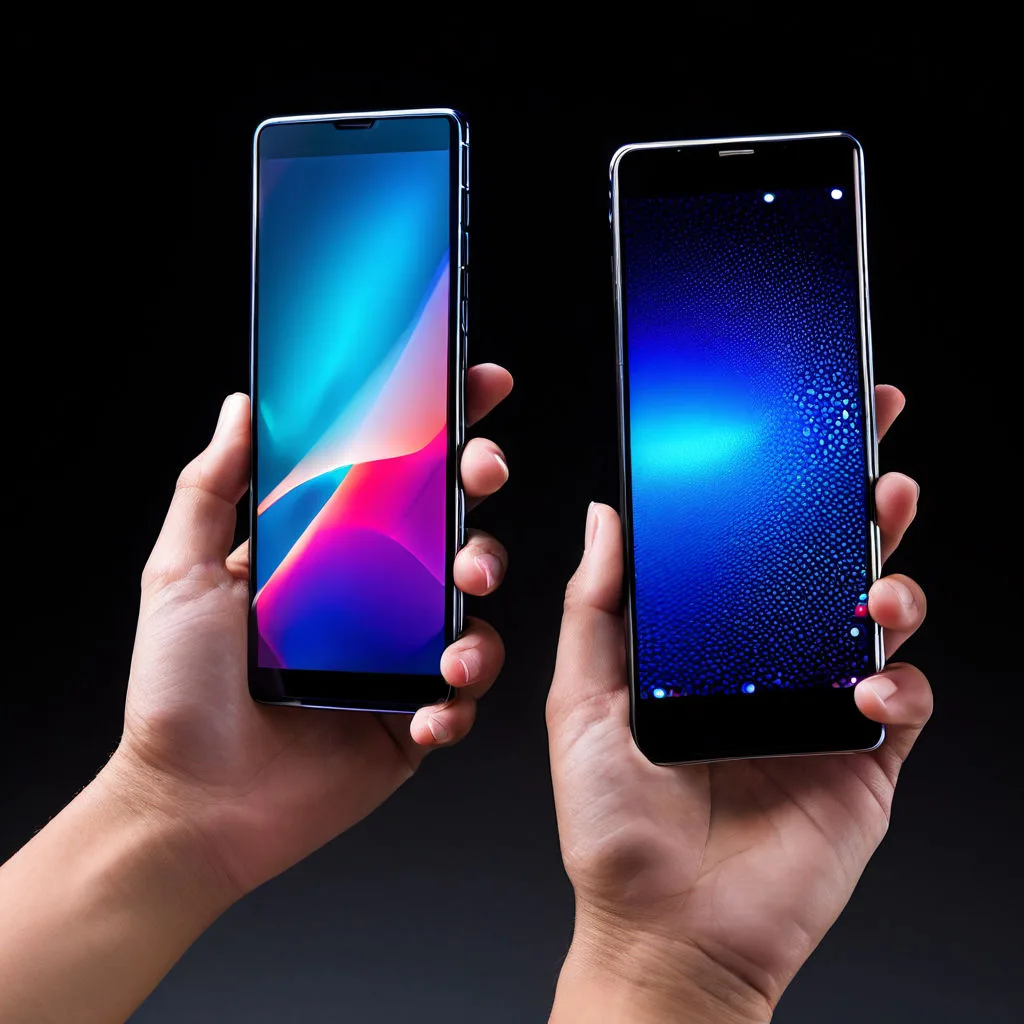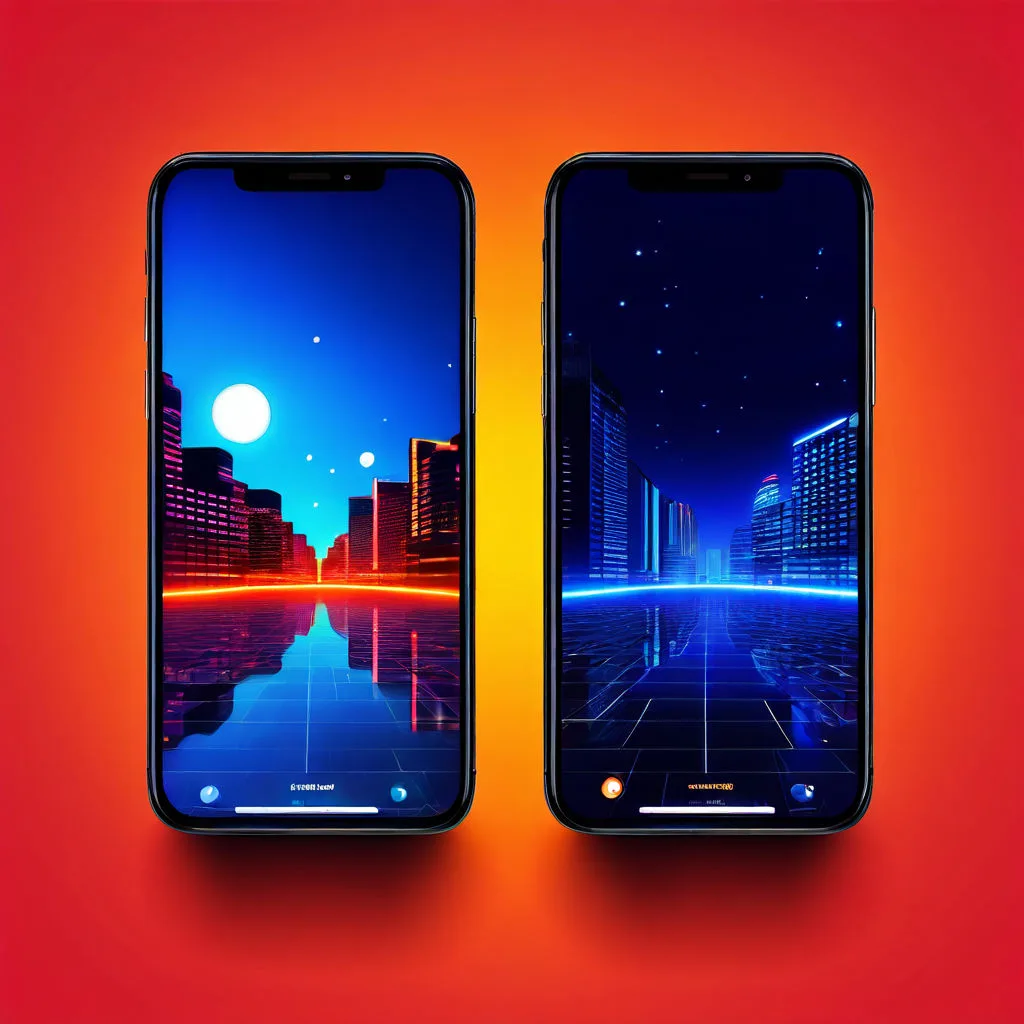
What is Super AMOLED display and how It differs from AMOLED?
Introduction
In today’s tech-savvy world, smartphones have become an integral part of our lives. With the constant advancements in technology, smartphone manufacturers are constantly striving to enhance the user experience by incorporating innovative features. One such feature that has gained immense popularity is the Super AMOLED display. In this article, we will look into the details of What is Super AMOLED display and how it differs from the regular AMOLED display.
| Also Read: What Is AMOLED? LCD VS. AMOLED. Which Is Better?
Understanding Super AMOLED Display
Super AMOLED, short for Super Active-Matrix Organic Light-Emitting Diode. It is a display technology that is widely used in smartphones and other electronic devices. It is an advanced version of the AMOLED (Active-Matrix Organic Light-Emitting Diode) display, which is known for its vibrant colors and deep blacks.
What sets the Super AMOLED display apart is the integration of touch sensors into the display itself. It eliminates the need for a separate touch-sensitive layer. This results in a thinner and lighter display, making it ideal for slim and sleek smartphones.
Moreover, Super AMOLED displays offer exceptional image quality with high contrast ratios and wide viewing angles. The individual pixels in a Super AMOLED display emit their own light, resulting in true blacks and vibrant colors. This not only enhances the visual experience but also contributes to better battery efficiency.

Difference between Super AMOLED and AMOLED
While both Super AMOLED and AMOLED displays share similar underlying technology, there are a few key differences that set them apart.
1. Integrated Touch Layer: As mentioned earlier, the most significant difference between Super AMOLED and AMOLED displays is the integration of touch sensors. In AMOLED displays, a separate touch-sensitive layer is placed on top of the display, which can result in a slight gap between the touch layer and the display. On the other hand, Super AMOLED displays have touch sensors integrated directly into the display, eliminating the gap and providing a more seamless touch experience.

2. Thickness and Weight: Due to the absence of a separate touch layer, Super AMOLED displays are thinner and lighter compared to AMOLED displays. This not only contributes to the overall aesthetics of a smartphone but also makes it more comfortable to hold and carry.

3. Power Efficiency: Super AMOLED displays are known for their superior power efficiency. The individual pixels in a Super AMOLED display can be turned off completely when displaying black, resulting in significant power savings. This is particularly beneficial when using dark-themed apps or viewing content with predominantly black backgrounds.

4. Outdoor Visibility: Super AMOLED displays offer better outdoor visibility compared to AMOLED displays. The integration of touch sensors directly into the display allows for the use of thinner and more transparent glass, reducing reflections and improving sunlight legibility.

Conclusion
In conclusion, a Super AMOLED display is an advanced version of the AMOLED display that offers a superior visual experience, enhanced touch sensitivity, and improved power efficiency. With its vibrant colors, deep blacks, and wide viewing angles, it has become the display technology of choice for many smartphone manufacturers.
Whether you’re watching videos, playing games, or simply browsing the web, a smartphone with a Super AMOLED display can truly elevate your multimedia experience. So, the next time you’re in the market for a new smartphone, consider opting for one with a Super AMOLED display to enjoy a more immersive and visually stunning experience.



